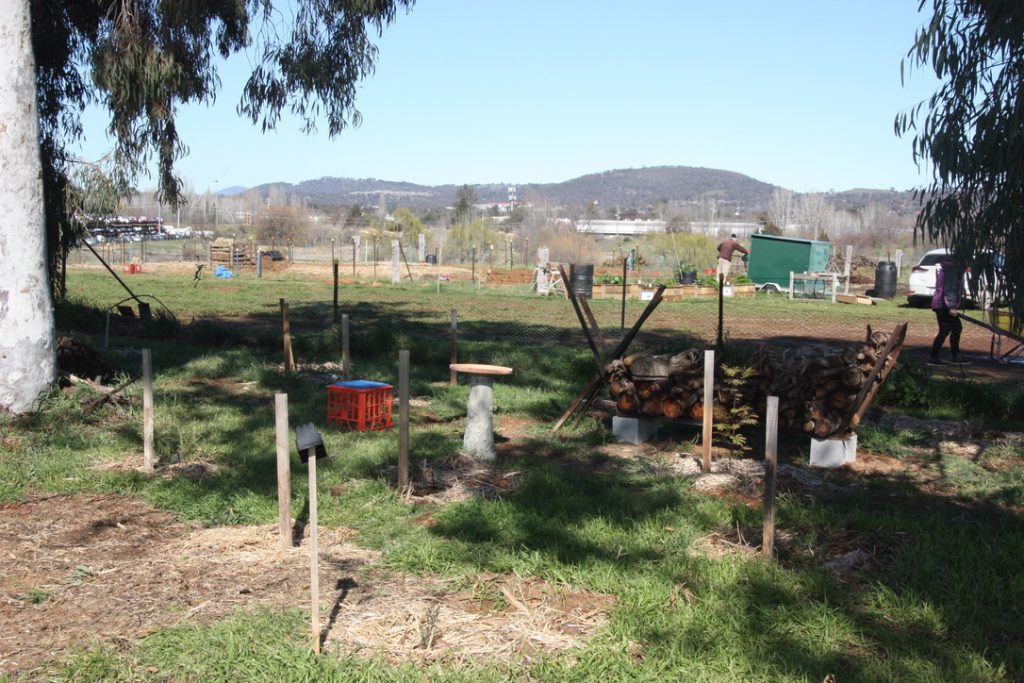At Canberra City Farm, there are many special places and tasks associated with them – from growing seeds and cuttings, to pruning trees and vines and a myriad of other things. Some of these are shown here, but there are others and we will showcase them as time goes by.
Members can choose to help maintain a specific area. If you look at some of our special places below and want to help develop or maintain them, drop us an email at info@ccfarm.org.au and we will put you in touch with other folk, who share your desire to learn skills and practice them in a place that can become special to you too.
Propagation areas
The Propagation areas of Canberra City Farm are core to our ability to grow different more local varieties of plants for Canberra City Farm. It is a foundation to the Farm’s vegetable growing efforts in the various communal plots. It also provides an important source of funds through seedling sales.
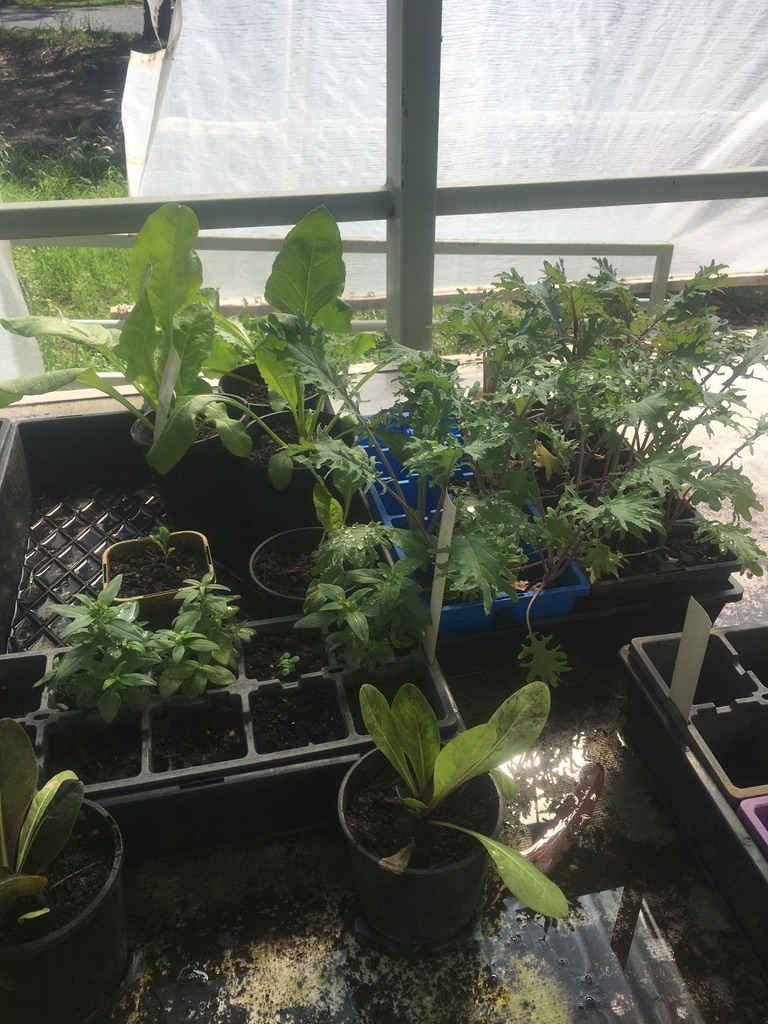
Autumn seedlings 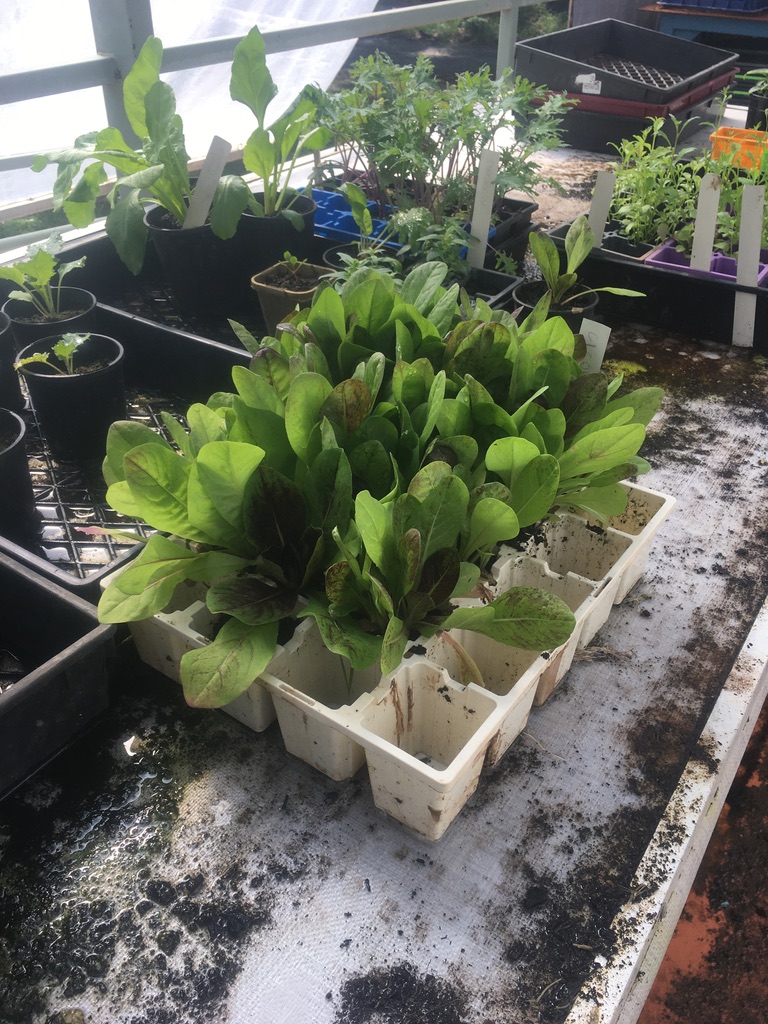
Ready for planting 
Advanced chilli seedlings 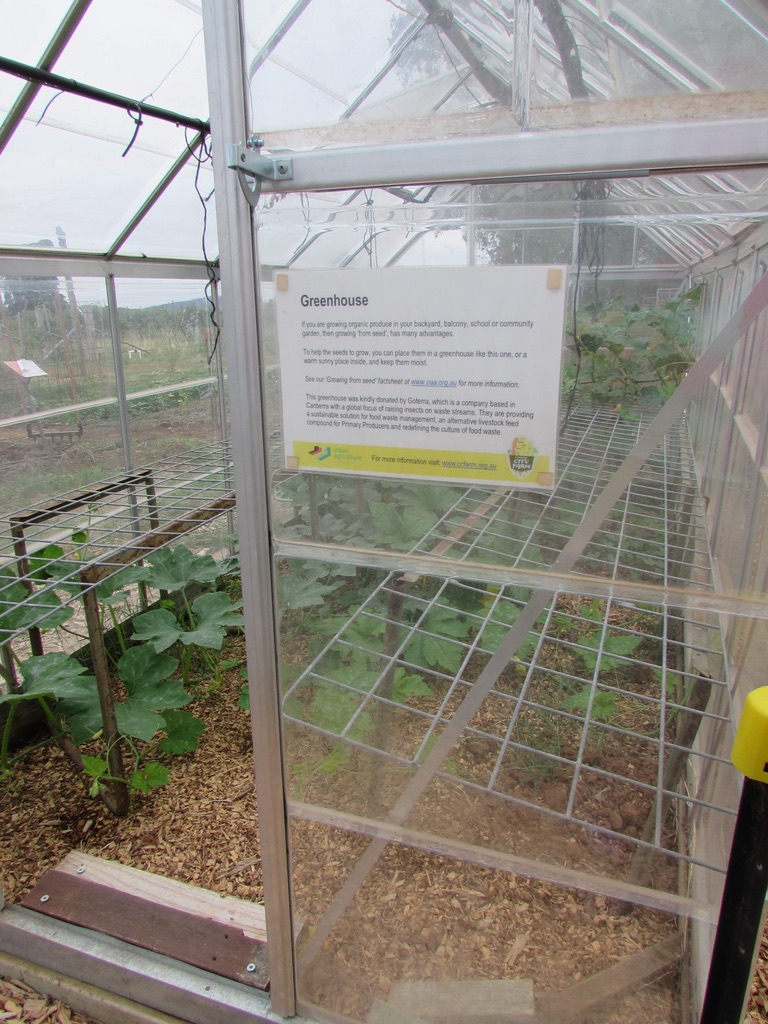
Stage 2 – the little Greenhouse 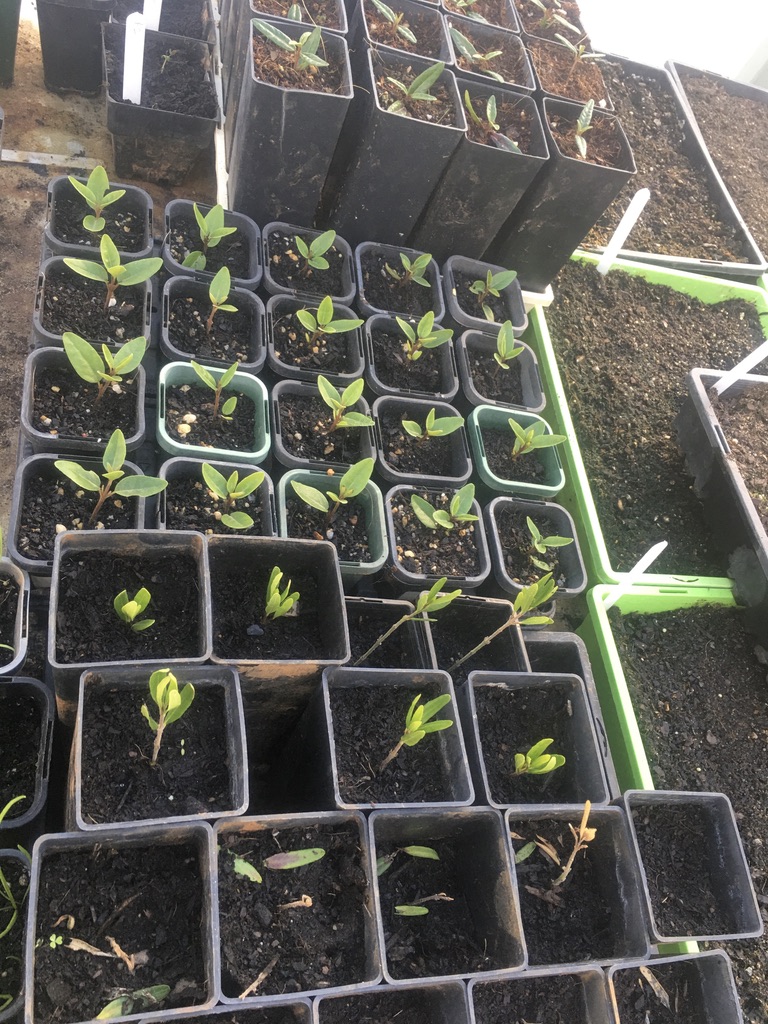
Pricked out seedlings 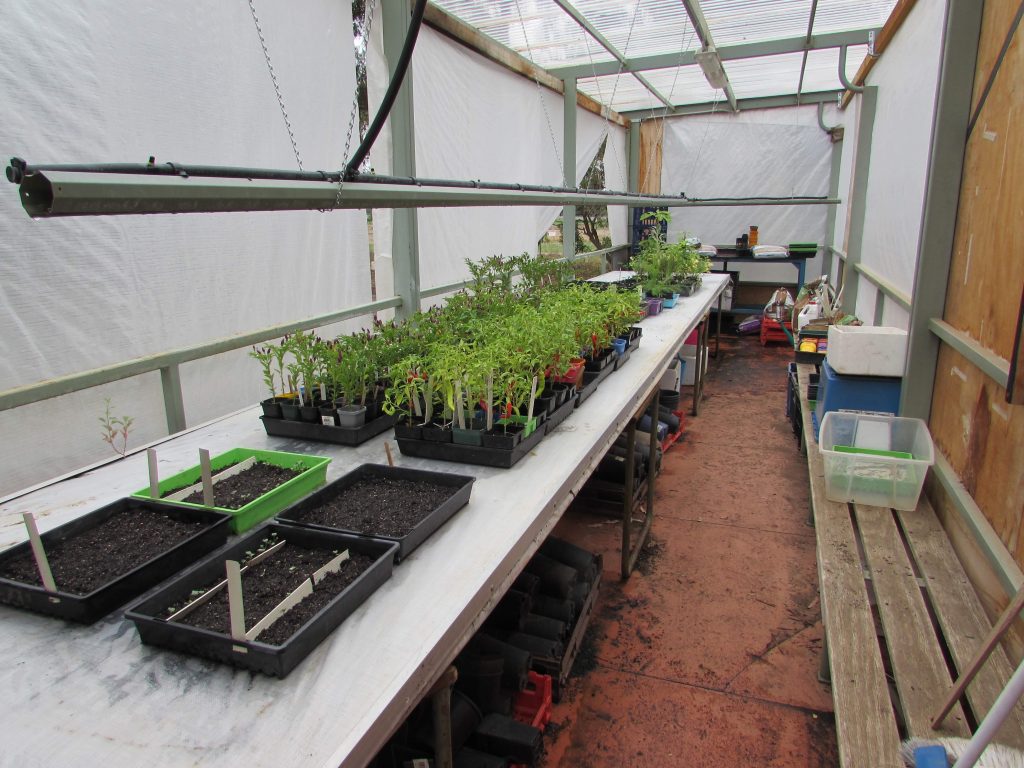
Propagation bench Summer 2019
Native Bird Gardens
Allotment holders noticed that the little insect eating birds were doing a great job on their plots, controlling pests. In early 2020, they established a special native garden near the stage 1 and 2 plots, to provide safe habit for the birds. This involves prickly native bushes, where they hide and play, when they aren’t catching the insects. The Canberra City Farm is an organic farm, so they are safe from adverse effects of chemicals. More places are being established as bird habitat around the Farm – even the piles of wood you see provide temporary habitat for our feathered helpers.
Old Orchard
The old orchard was the home orchard from when our site was a dairy farm. It has a number of older trees which are working to preserve and renovate. One thing you notice is that the old orchard contains a wide variety of trees relatively close together and intermingled. There are pears, apples, plums, common medlars, almonds, mulberries all in a relatively small area, but growing well together.

One of the old pear trees at dusk late Winter 2020 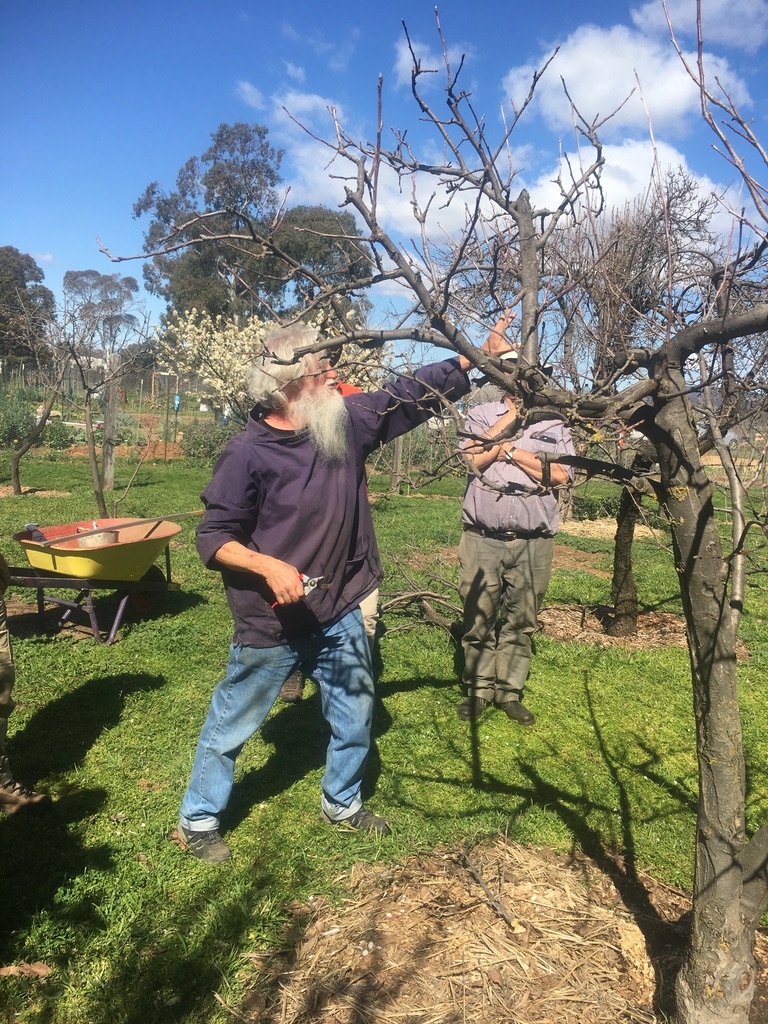
Jonathan Banks teaching in the Old Orchard 
Growing flowers as an understorey in the Old Orchard 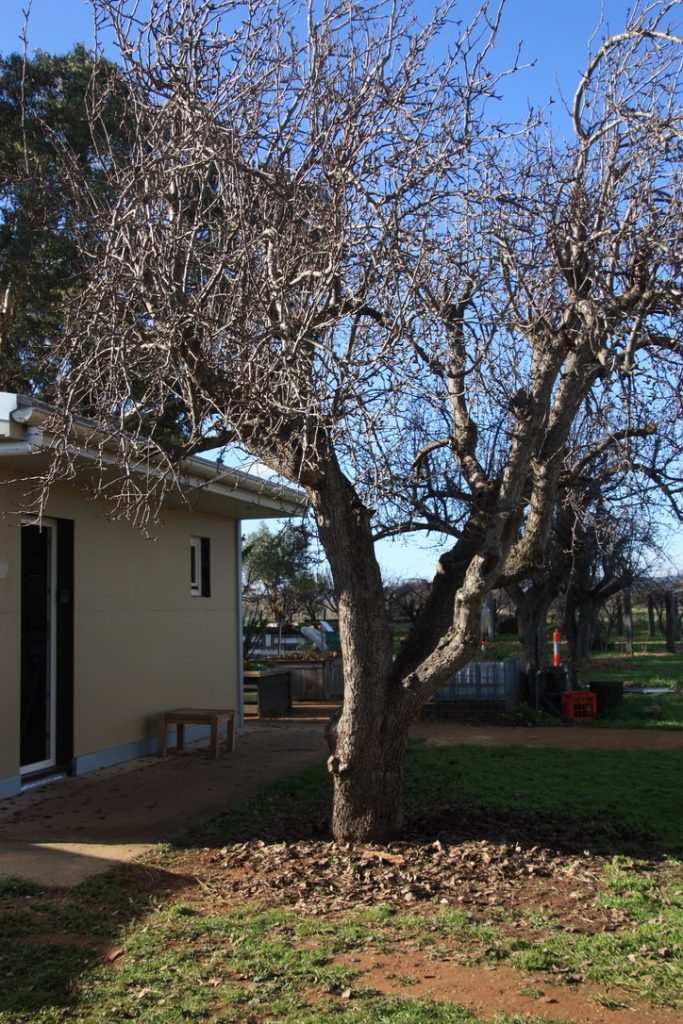
Another of our old pears in the afternoon 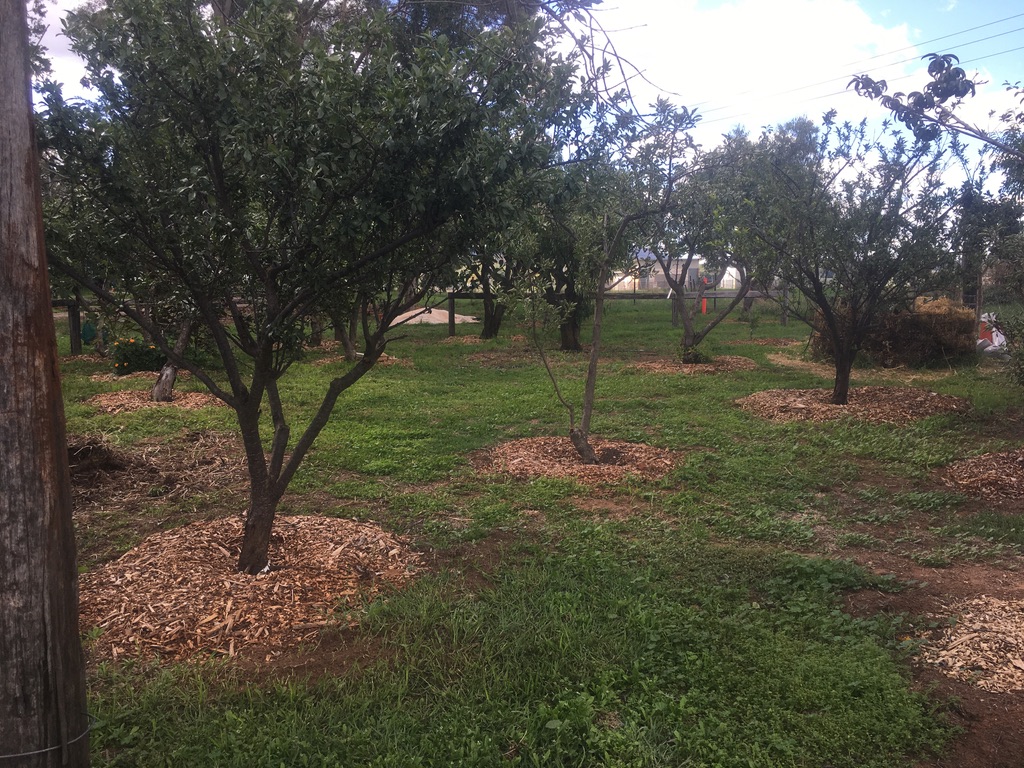
The mixed plantings create a different feel in the Old Orchard
New Orchard
The New Orchard was established much more recently, when Canberra City Farm was the site of a school for young people who needed something different to continue at school. It is a more regularly arranged orchard is rows of similar trees, but it too has needed renovation and this has recently been given a push along by new volunteers. We have been practising new skills like grafting assisted by our very skilled Honorary expert Jonathan Banks of Pialligo Apples and are planting some new trees to replace trees that have died. Another of our Expert Advisers is Keith Colls and he often uses this orchard to teach about pests and diseases and seasonal pruning.
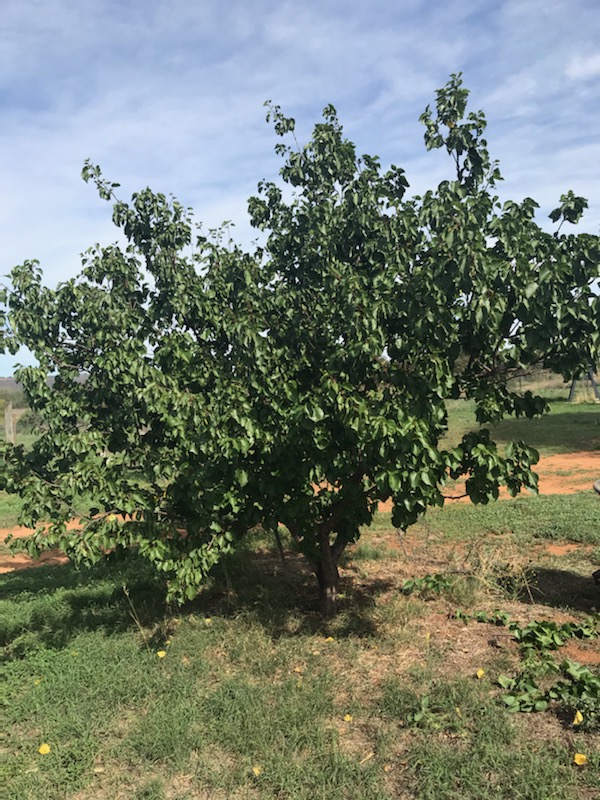
Apricot before summer pruning 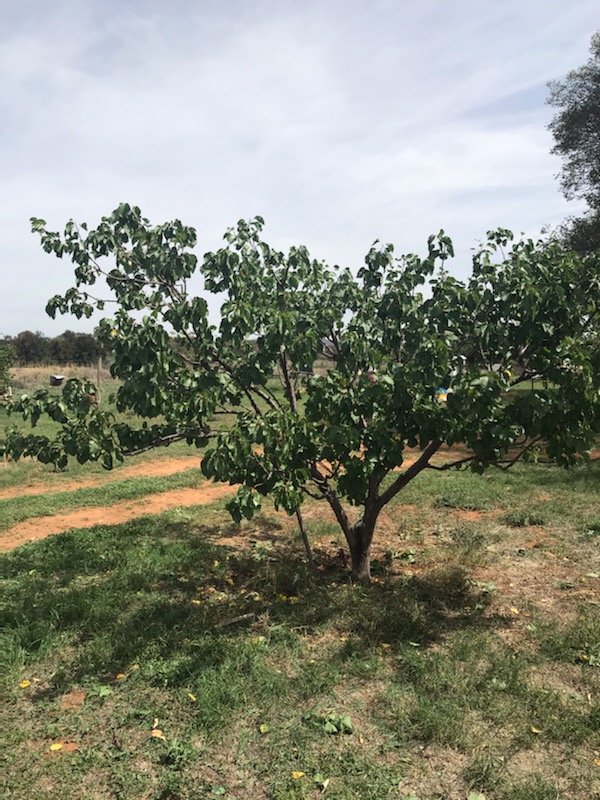
Apricot after summer pruning 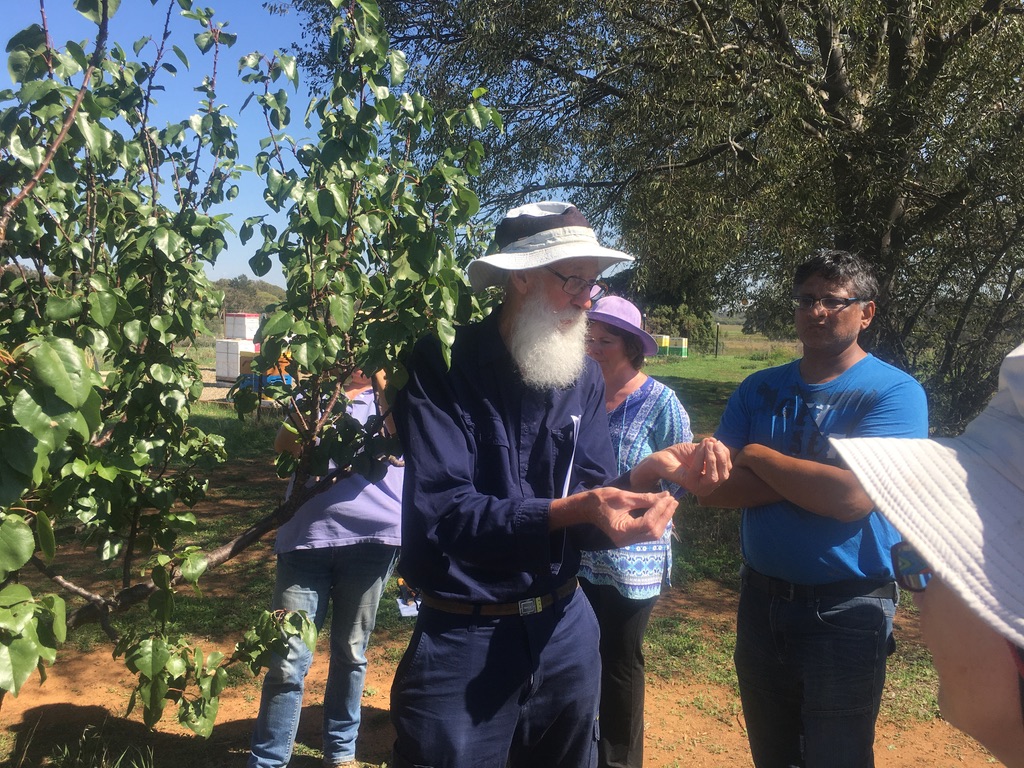
Keith Colls teaching in the New Orchard 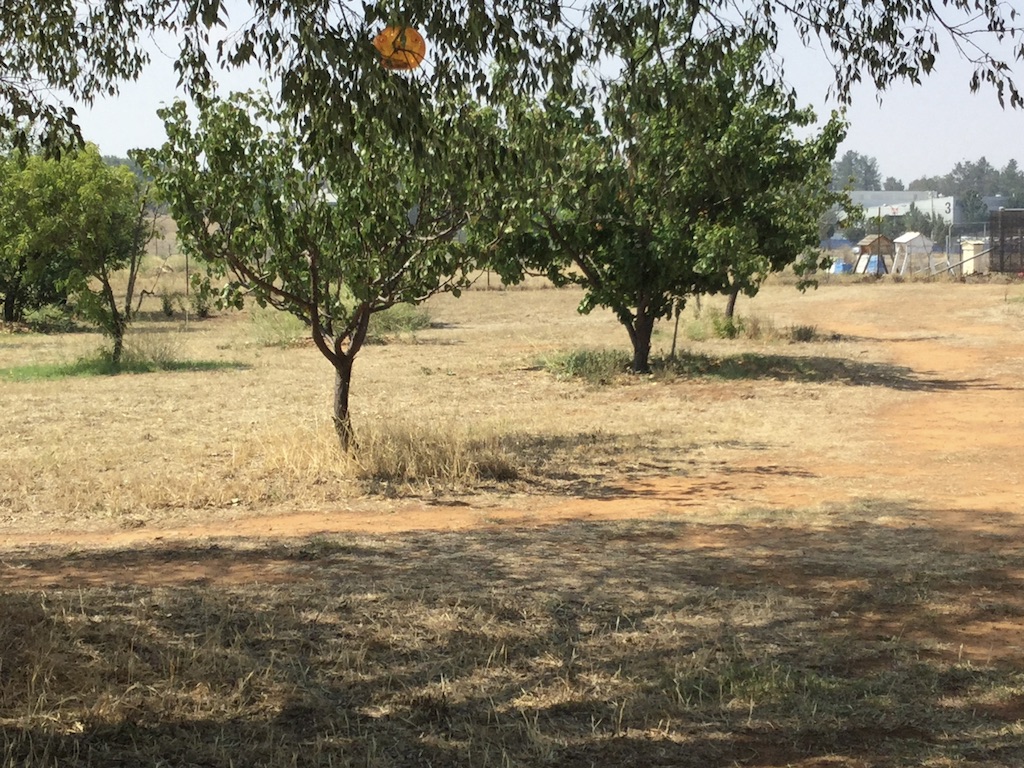
Summer in the New Orchard 2019 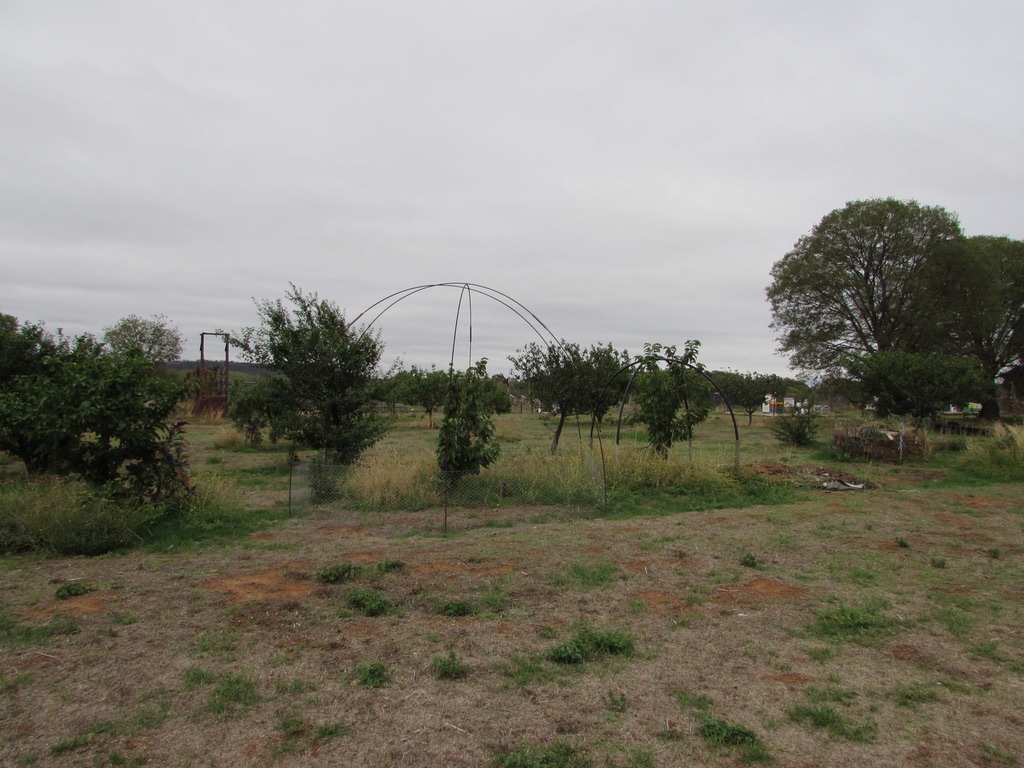
February 2020 in the New Orchard 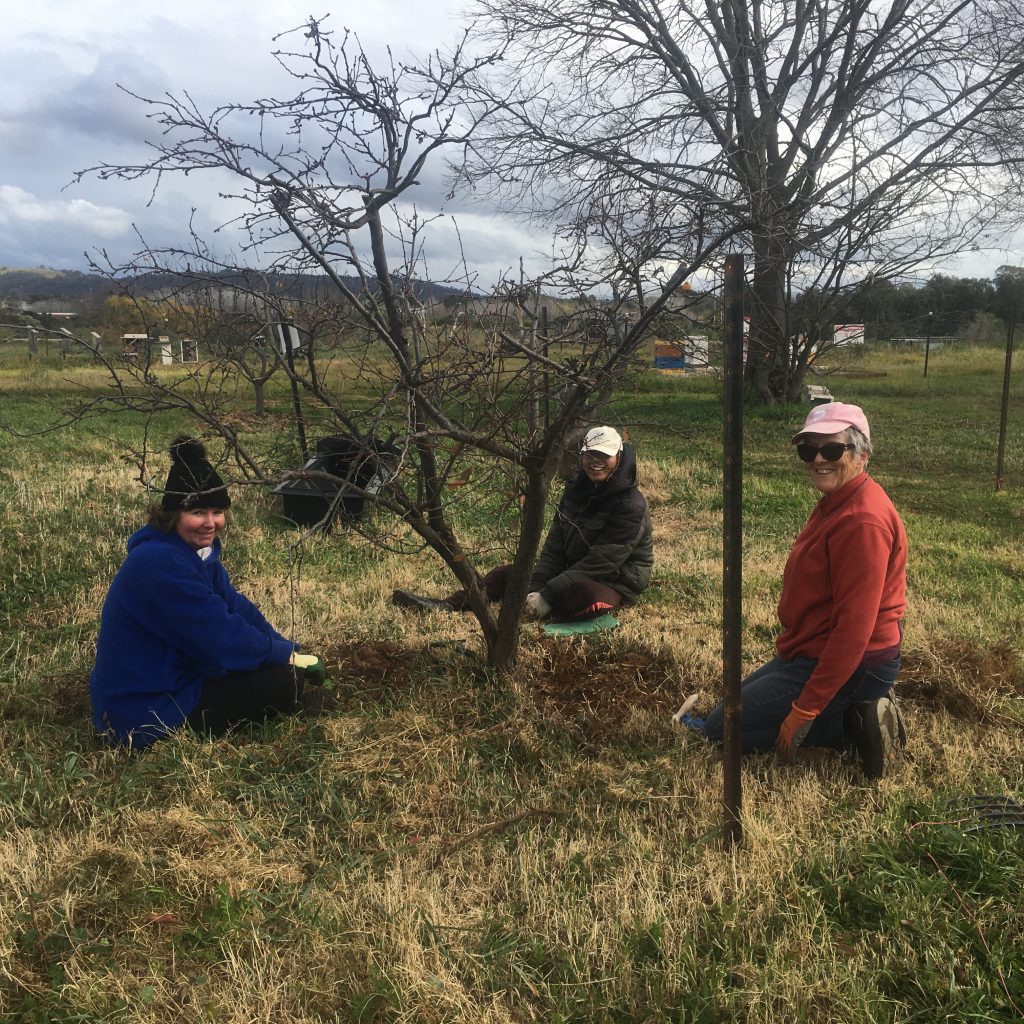
Winter orchard tending 2020
Espaliered fruit trees
Our third orchard is tiny at the moment, and it consists of espaliered fruit trees. This technique allows you to grow fruit trees on a flat surface, like a wall, or to create a growing wall to separate spaces in your garden.

Spring 2020 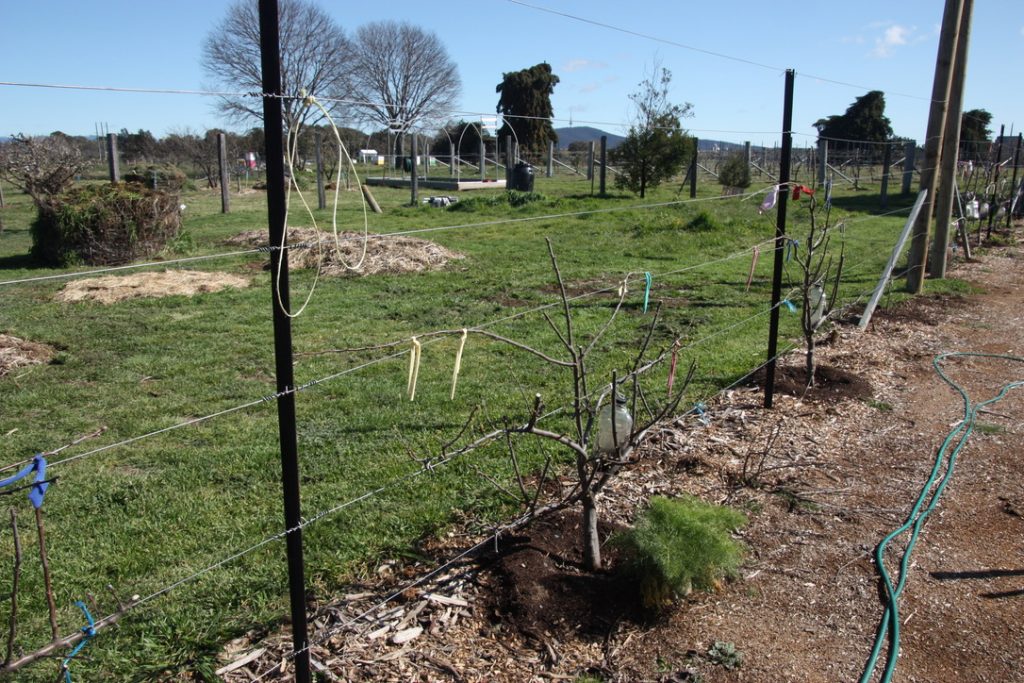
WInter 2020 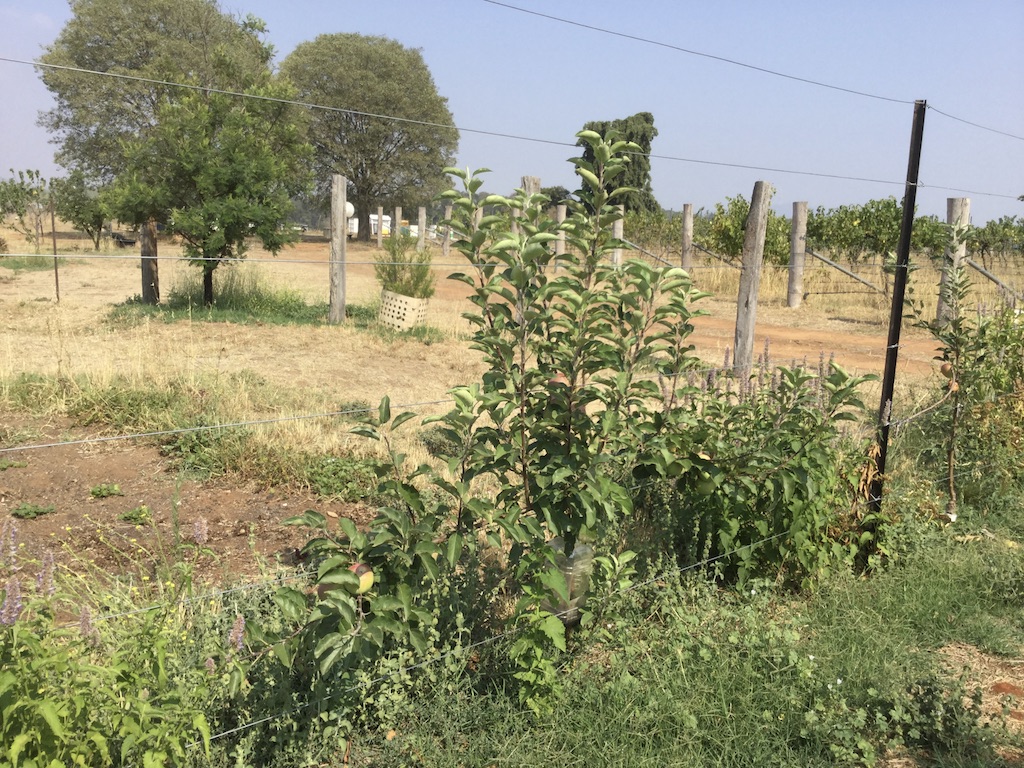
Summer 2019 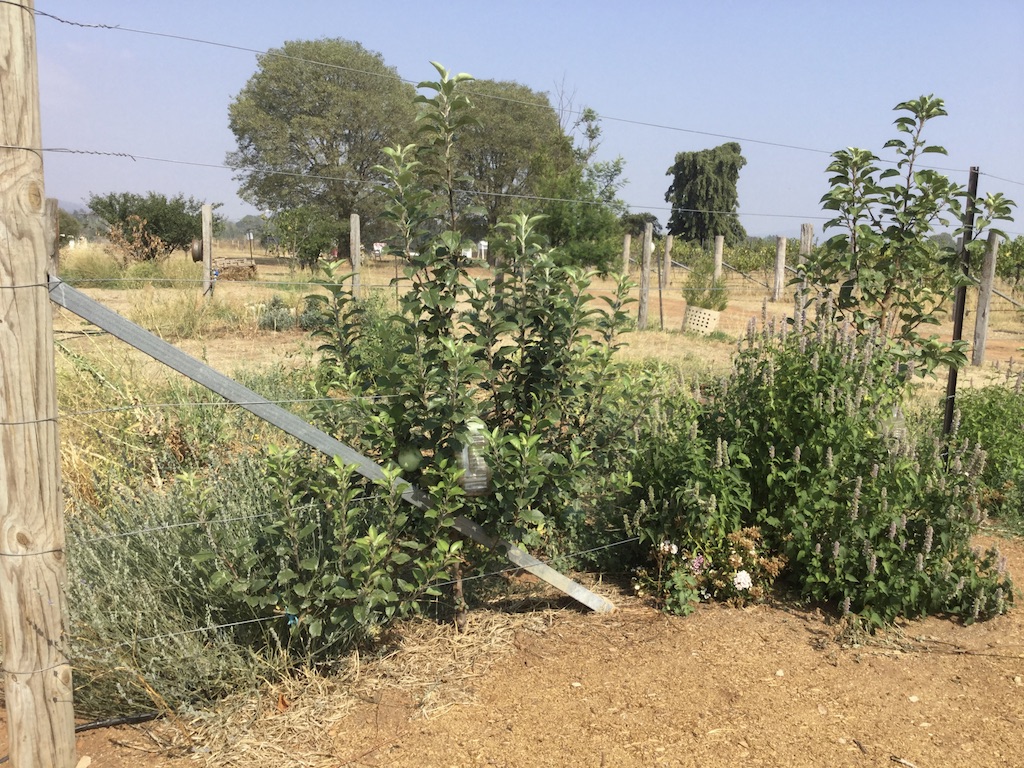
Summer 2019 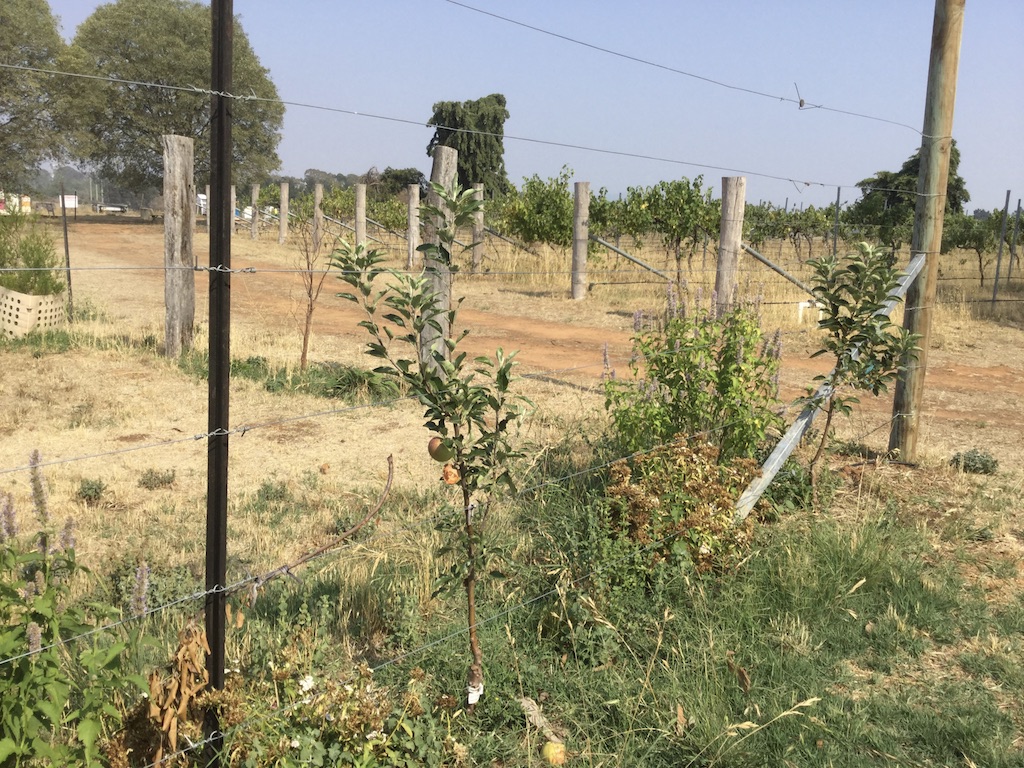
Summer 2019
Vineyard
Our Vineyard was also planted by the then students in the early 2000s. They are Shiraz grapes and we have made wine and vinegar from them. The vines needed some renovation after the drought year, so our Vineyard Team has been working hard this year not just to tend the vines for this season, but to shape some of them more for the future.
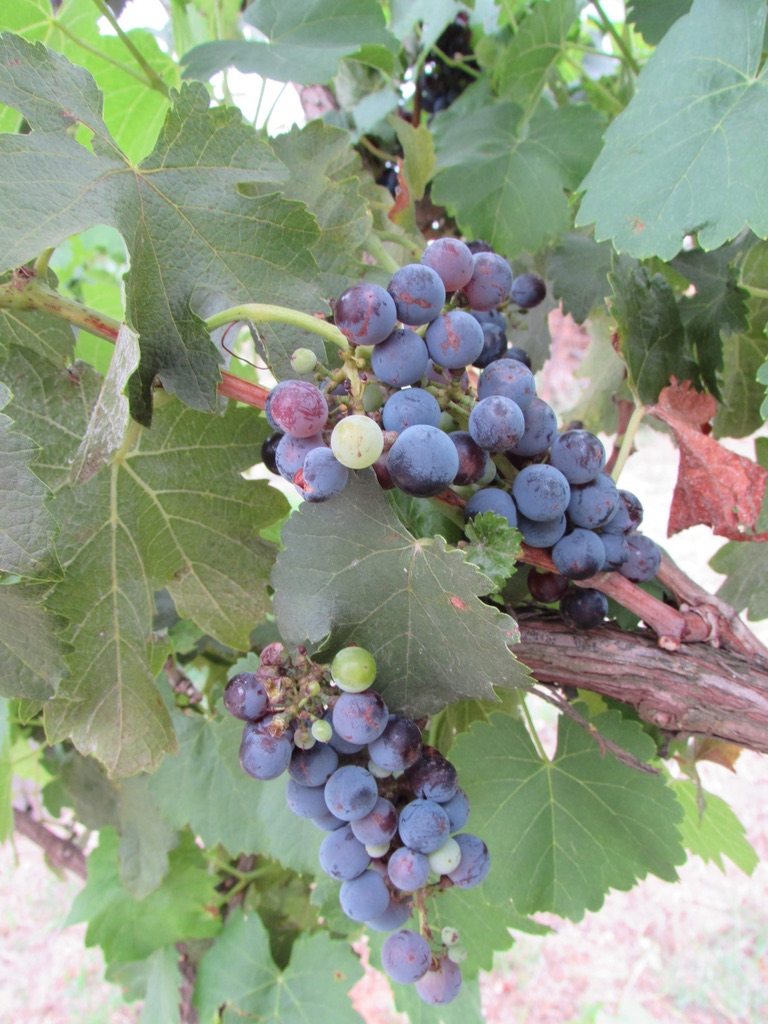
One of small 2019 Harvest 
February 2020 in the Vineyard 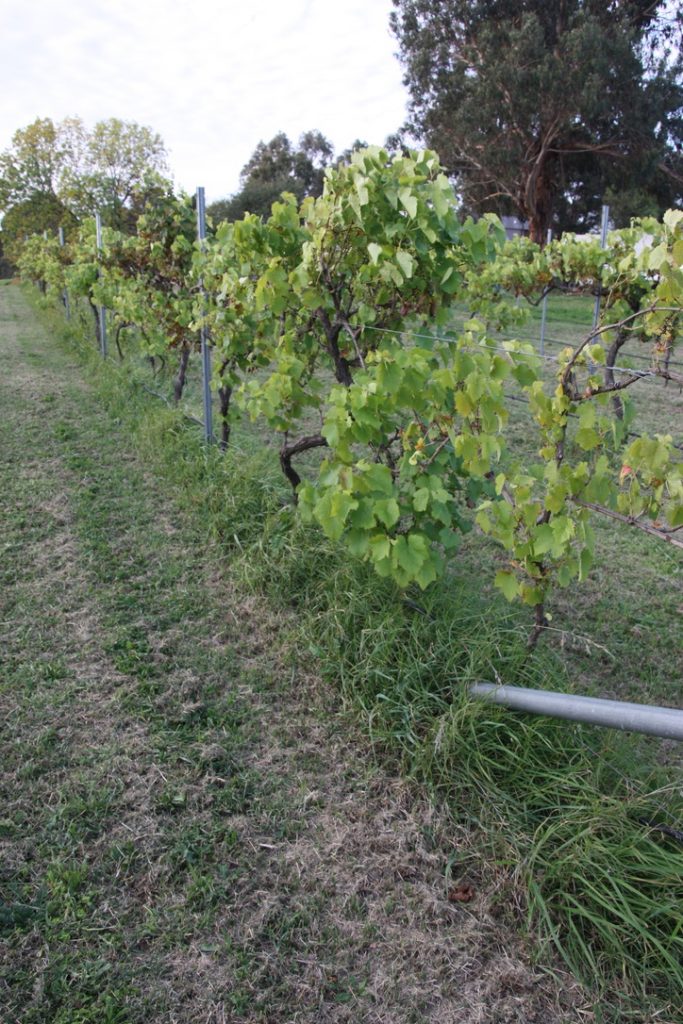
April 2020 in the Vineyard 
Virginia Proust and Penny Mims, two thirds of the Vineyard team, helped by Phil Thomson 2020 
The well-tended Vineyard in August 2020 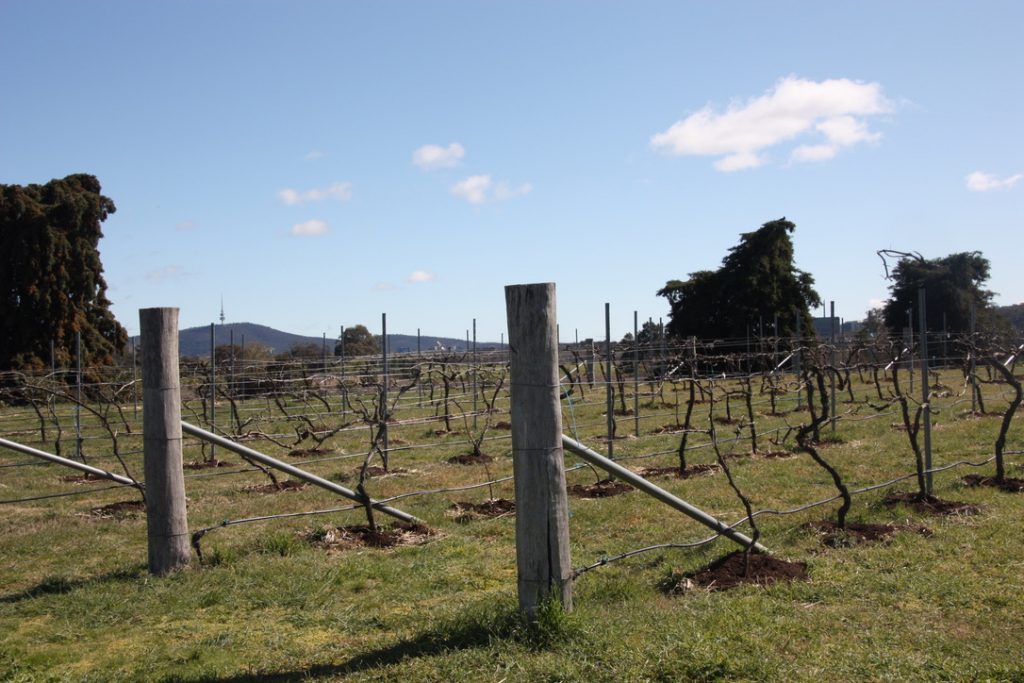
Well prepared for the future August 2020
Feijoa Orchard
Our Feijoa Orchard was started from plants provided by Mark O’Connor – a Canberra conservator of Canberra grown feijoas. Mark has led a project to find and propagate the best trees among the 100,000 or so feijoas in Canberra and a good selection of them are being husbanded at Canberra City Farm.

Feijoa orchard June 2020 – Hives behind. 
Feijoa fruit is delicious and unusual – a tutti-frutti taste sensation. 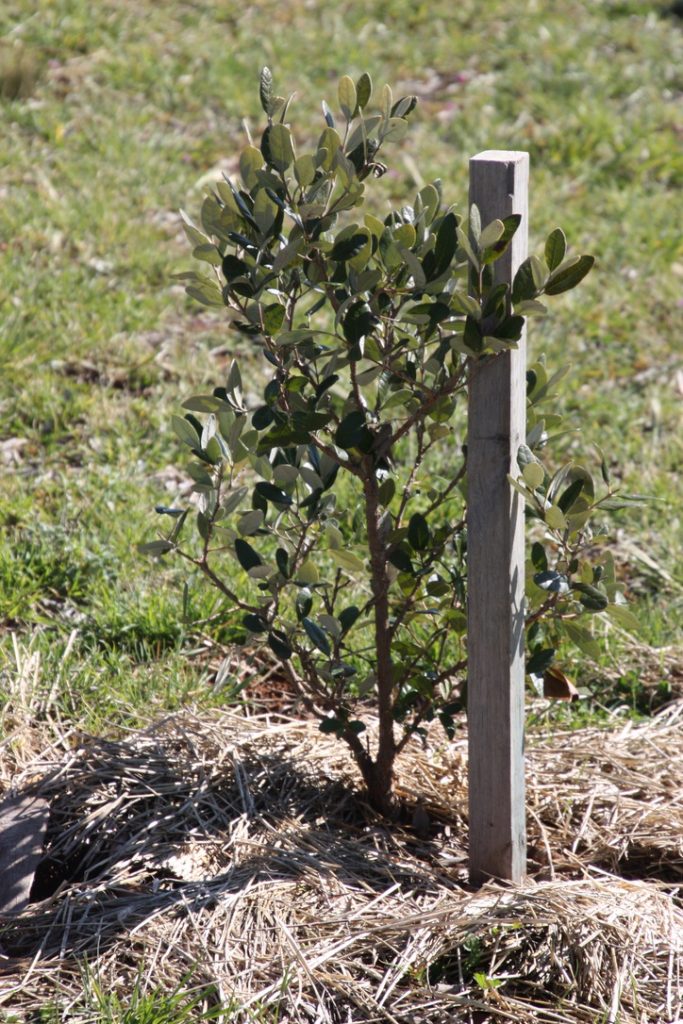
One of our Feijoas 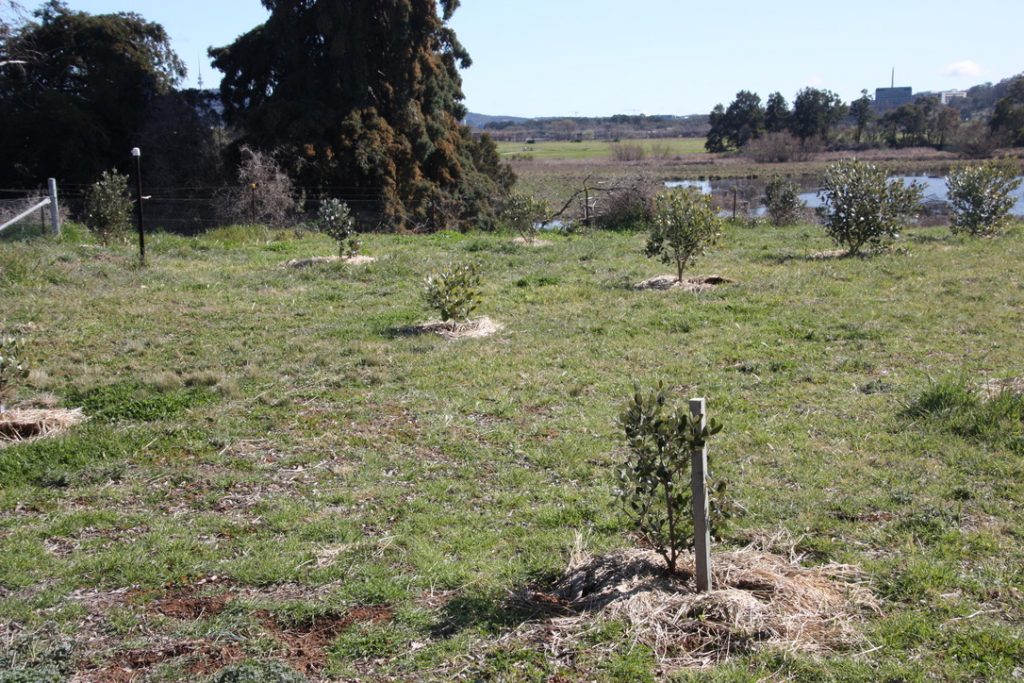
Part of the Feijoa orchard looking to the Wetlands August 2020
4 bed crop rotation
One of the earliest established areas at the Canberra City Farm was set up to demonstrate a 4 bed rotation, designed to break pest cycles and to ensure beds have the right nutrients for successive crops. Under the careful husbandry of a number of volunteers over several years, we are gradually building up the fertility of the soil and getting greater production.

Smoke, summer and weeds galore 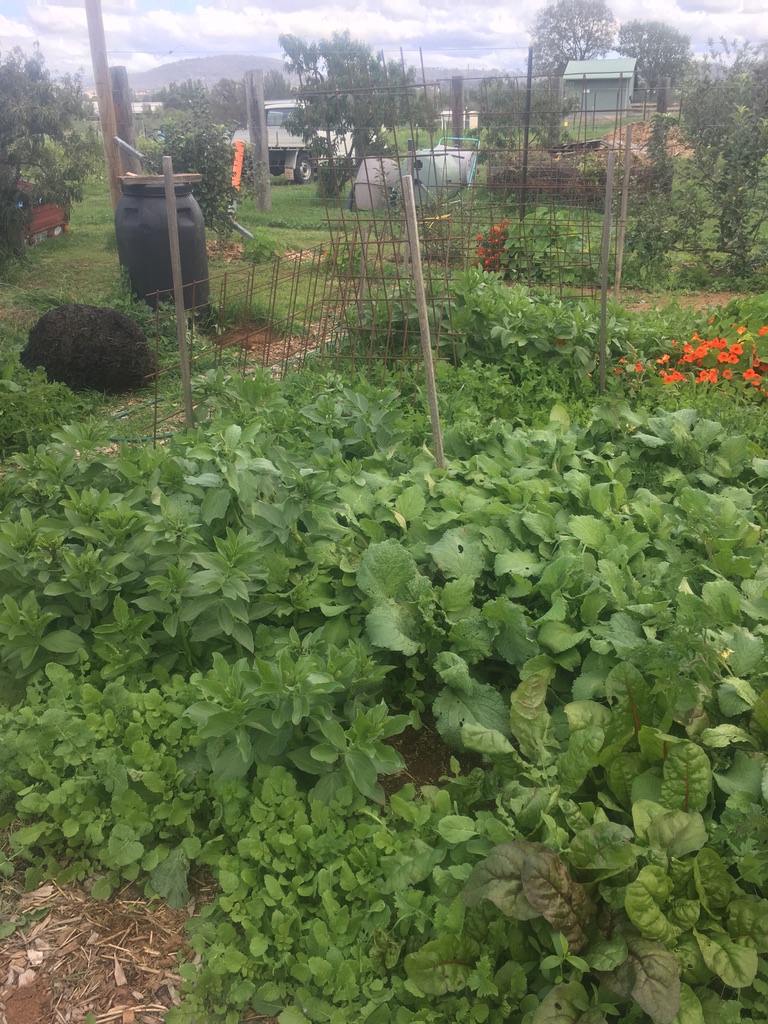
After weeding 
Starting the broadbeans 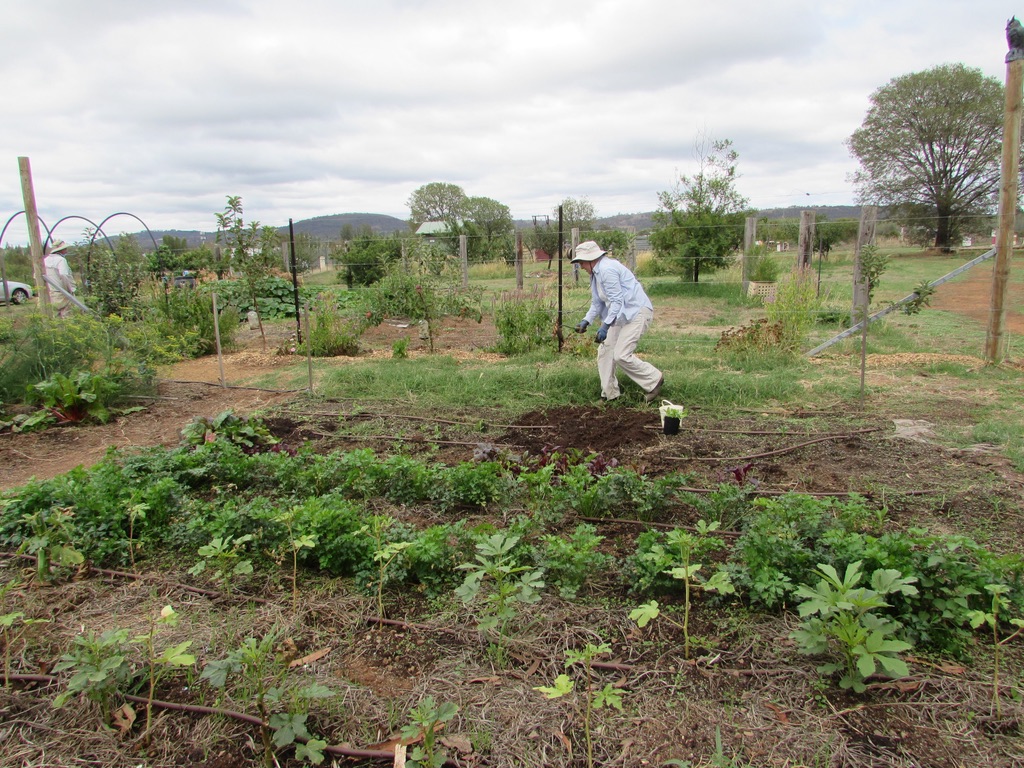
Autumn bed preparation by Margaret Bonner 
Mulching in Autumn 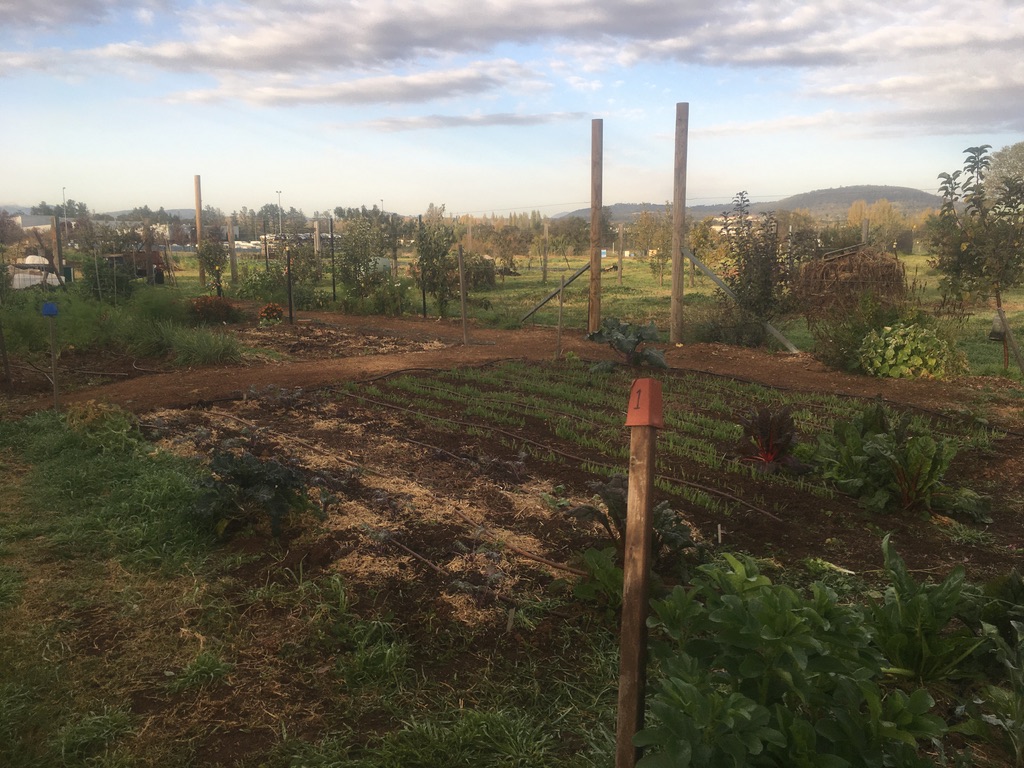
The green manure comes up 2020 
Green manure growing strong 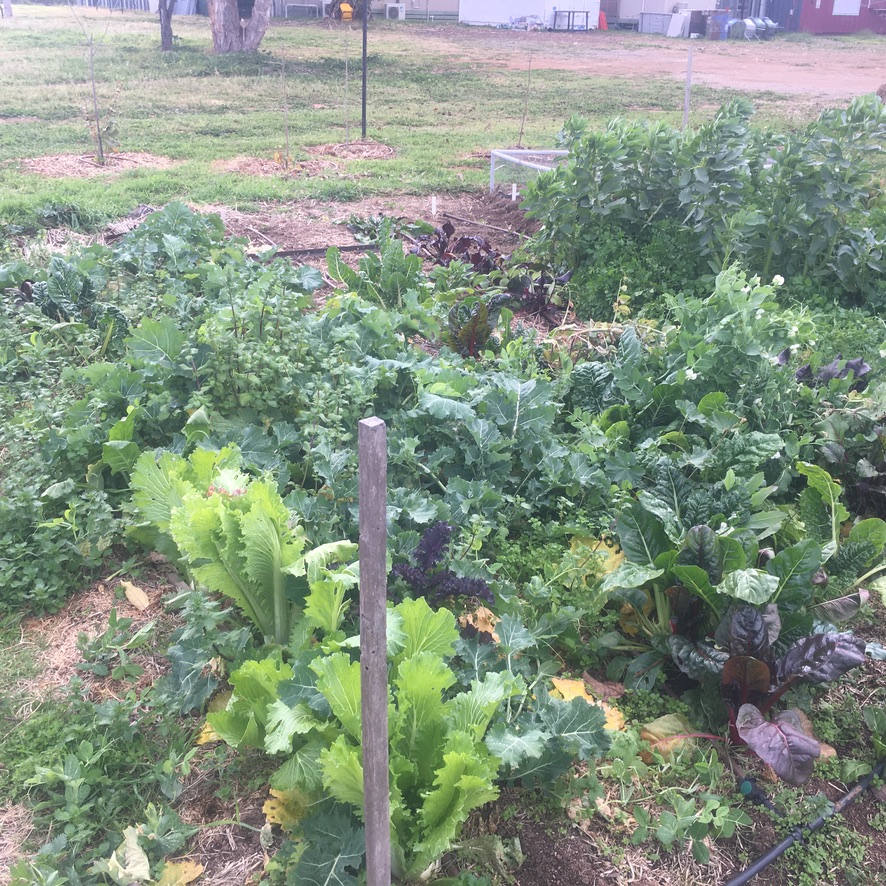
WInter greens 
WInter 2020 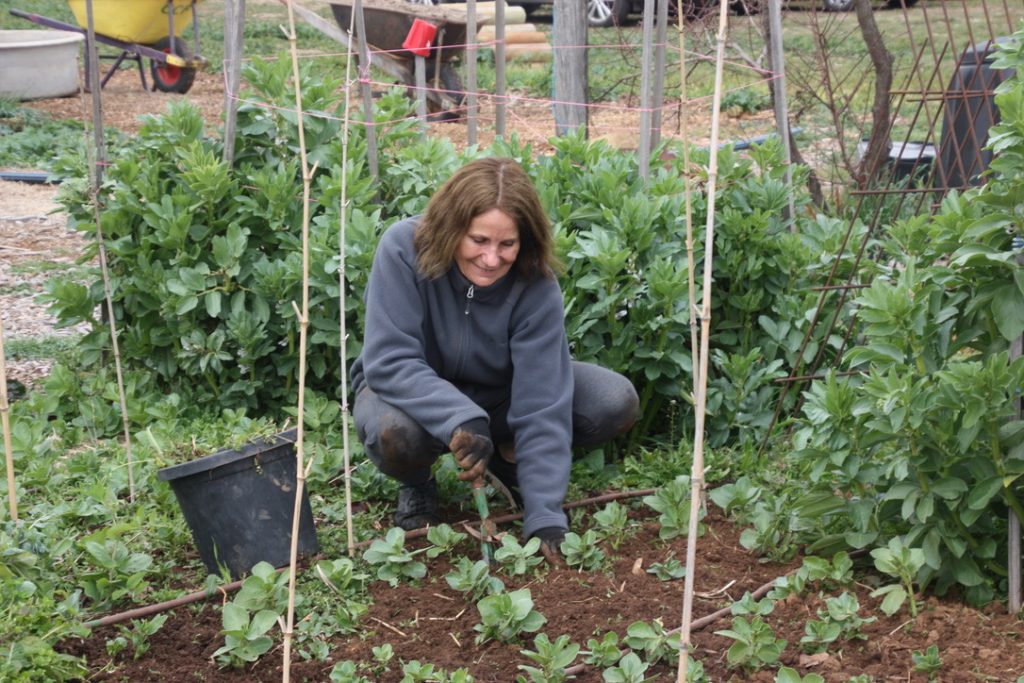
Penny Mims weeding broadbeans 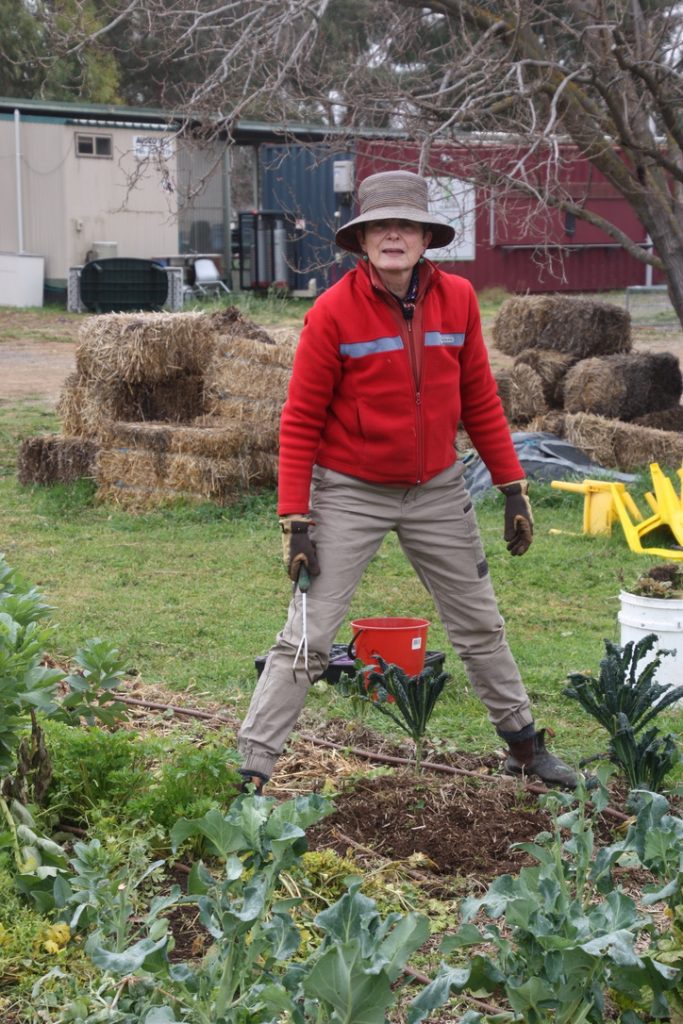
Virginia Proust weeding the Winter greens
Some other places under development
No dig beds: These beds were started in response to some generously donated straw from the sewerage works across the road and are at their early stages. Anyone interested in learning about not dig gardening are welcome to join the team looking after the beds. Planting should be able to start soon in some of them.
Recycling and Resource Centre: This is the place where we walk our talk about reducing waste and reusing things. Often the jobs there are tidying up things to be stored for use later. Its also where our compost and other soil supplements are stored, as well as wood, irrigation, wire-netting and other treasures that can be used on projects (with the permission of the Quartermasters, John Peters and Clyde Wheatland.
Fig Grove: At the moment, there is a lovely fig being tended by Cindy and Walter Steensby. The plan is to extend this area with some more figs, and to create a socialising space for people working on the Stage 3 Allotments. If you have a passion for figs, fig jam and almonds, this may be the place for you.
Wicking beds: All around the LESS bed are a number of wicking beds, designed to fit within a verandah or in higher density areas, where people have less ground to grow in and space is at a premium. These demonstration gardens show the variety of things that can be grown this way. Some are also near the picnic area. If you’d like to try your hand at caring for one of these, as part of the communal gardens, just let us know.
Indigenous food and medicine plants: There are several places around the Farm, which are dedicated to learning about, preserving and growing the foods which were used by the Aboriginal people who lived in the area and surrounding areas. At the moment, there is a dry river bed garden, and more are coming.
Perennial edibles garden bed: This is an area where we grow plants like rhubarb, asparagus, artichokes and horseradish – crops which live over several and in some cases many years. If you have an interest in edible perennials , maybe this is a place you can explore.
Greenhouse: We have recently moved the Greenhouse from a shaded spot to a place with an uninterrupted northern aspect, so we can use it to extend the season and for propagation.
Stool Bed: We have a small “stool bed” which is a place where we grow rootstock to make new trees. At the moment we have apple dwarfing rootstock MM106 and some plum rootstock. It has been untended for sometime, but is being reinvigorated following advice from Jonathan Banks of Pialligo Apples. We hope to build up this stock to include quince and pear rootstock, with expert advice from Jonathan.

Ranjan Chaudhuri and James Crutwell starting the No dig beds 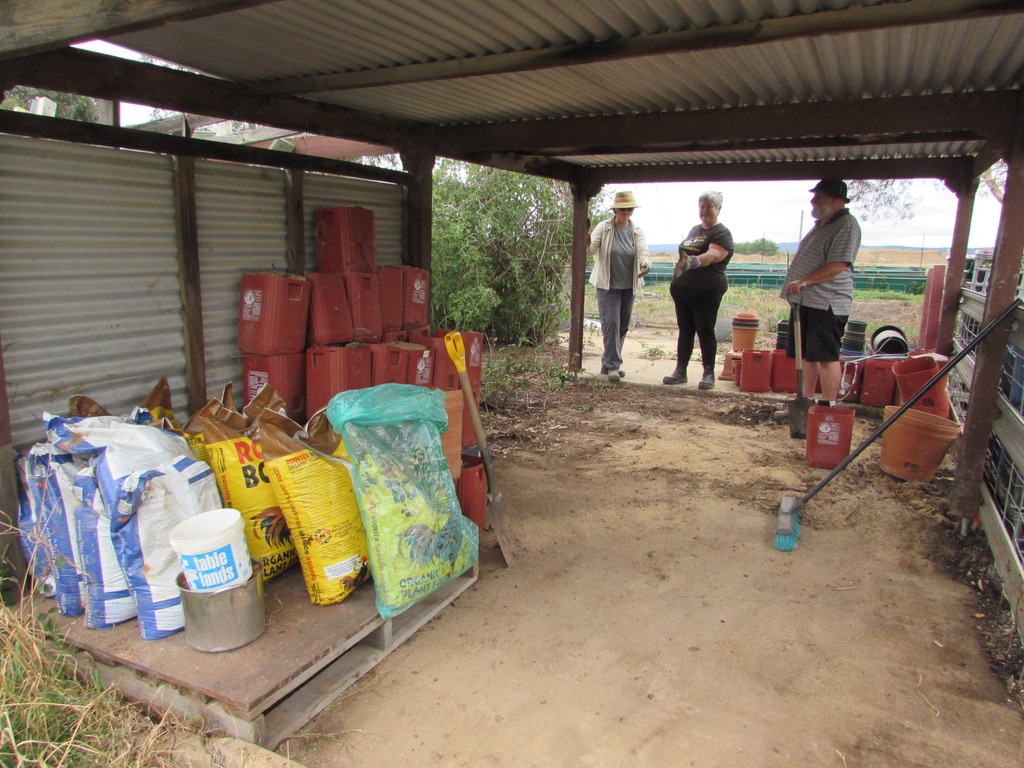
Manure store in the Resource and Recycling Centre tidied up! 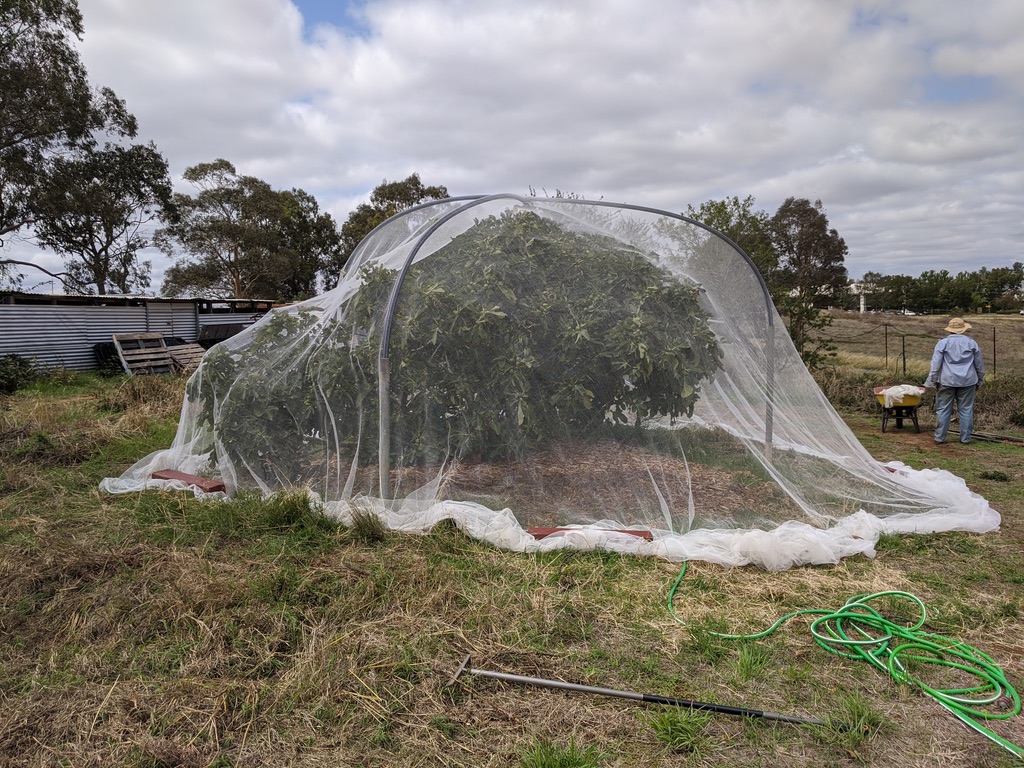
CIndy and Walter’s Fig Tree netted to protect the fruit from birds. 
Dry River Bed garden 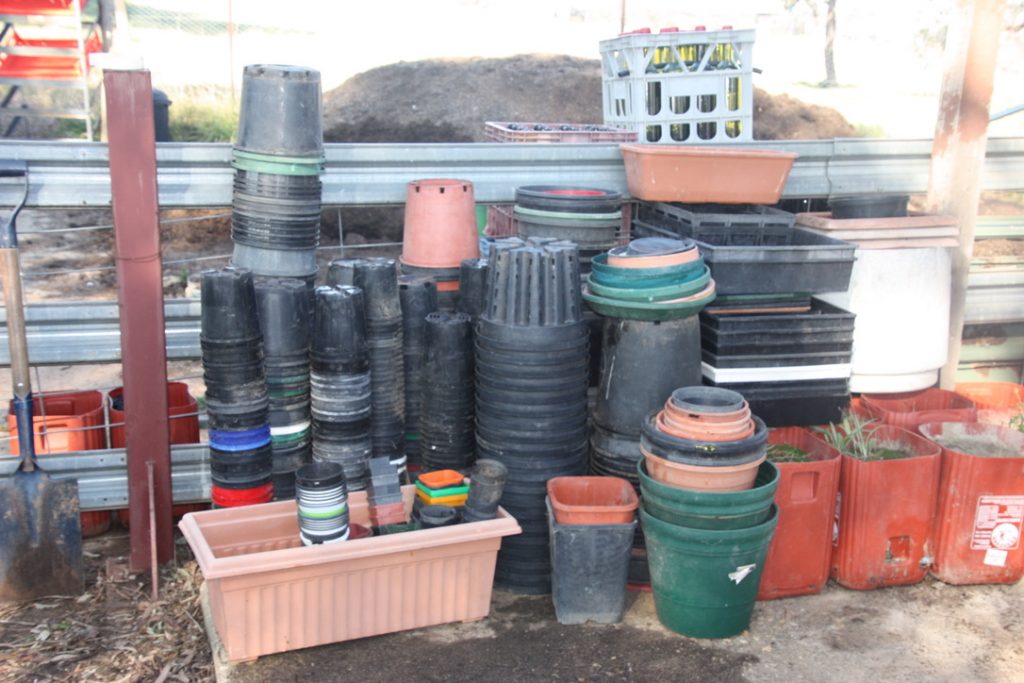
Stacked pots ready for reuse 
Greenhouse in new spot 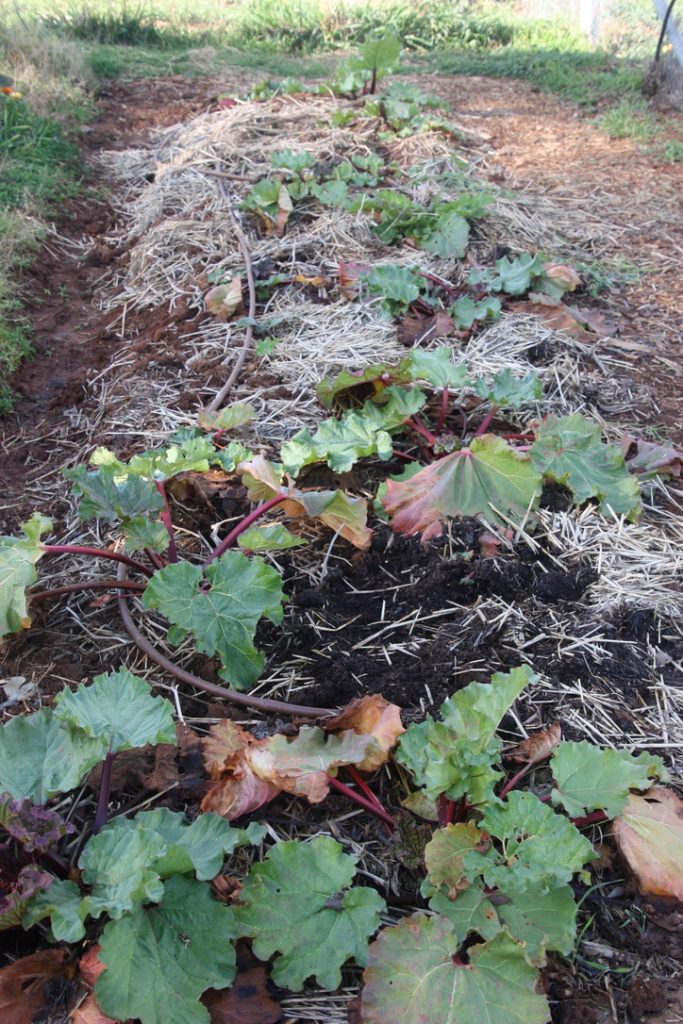
Rhubarb in Perennial edible bed 2020 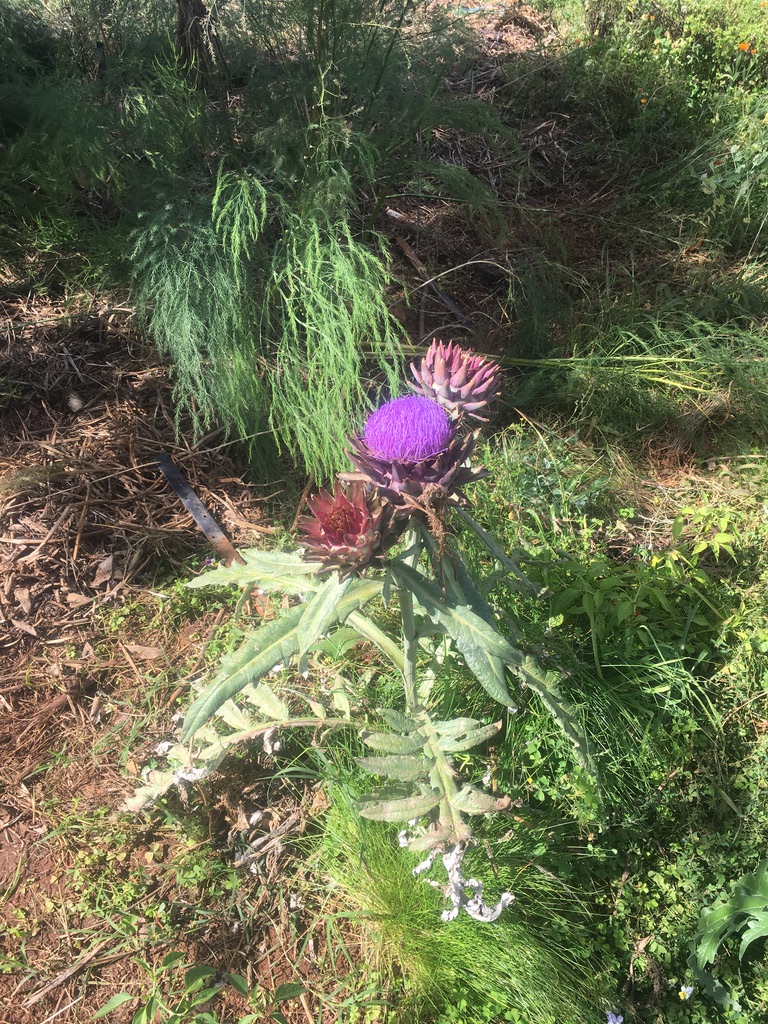
Artichokes and asparagus in Perennial edible bed 2020

